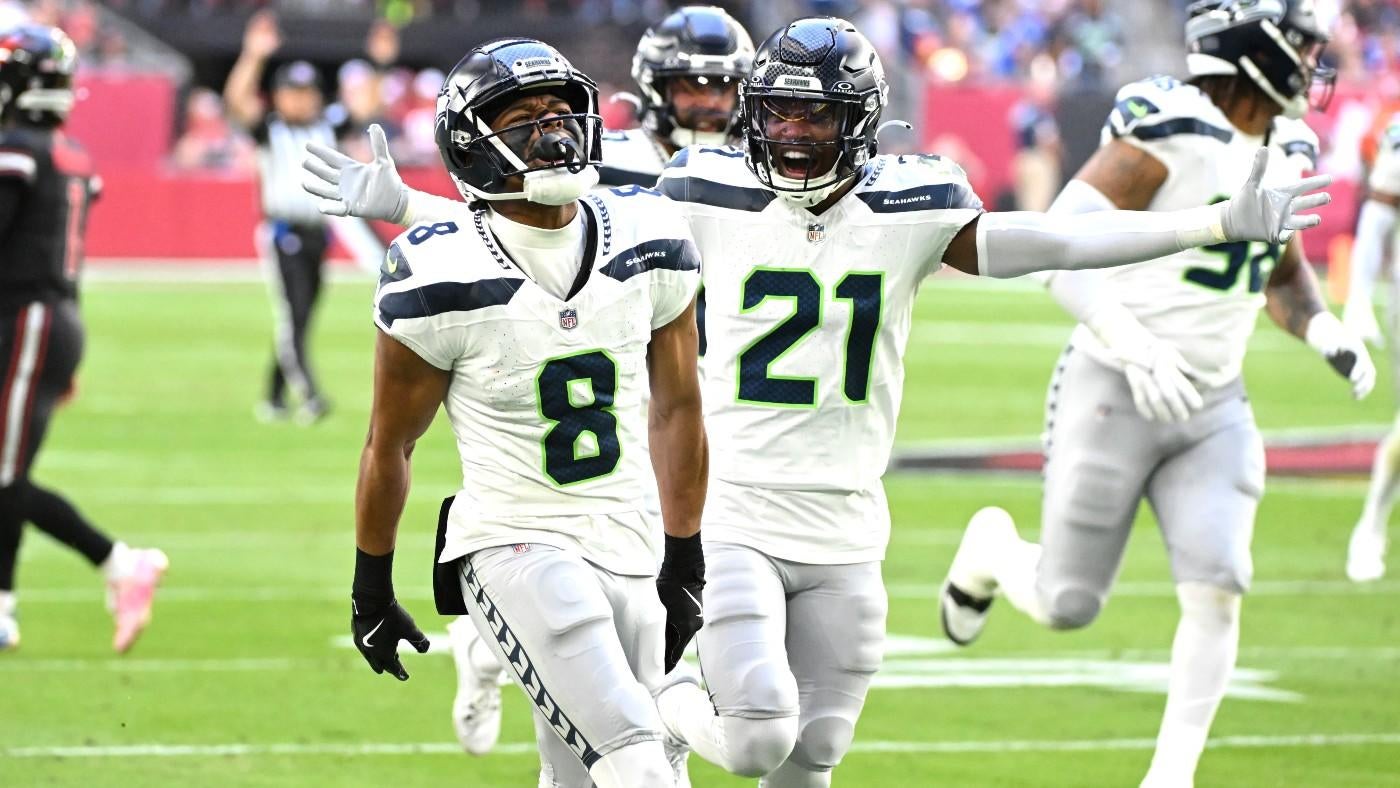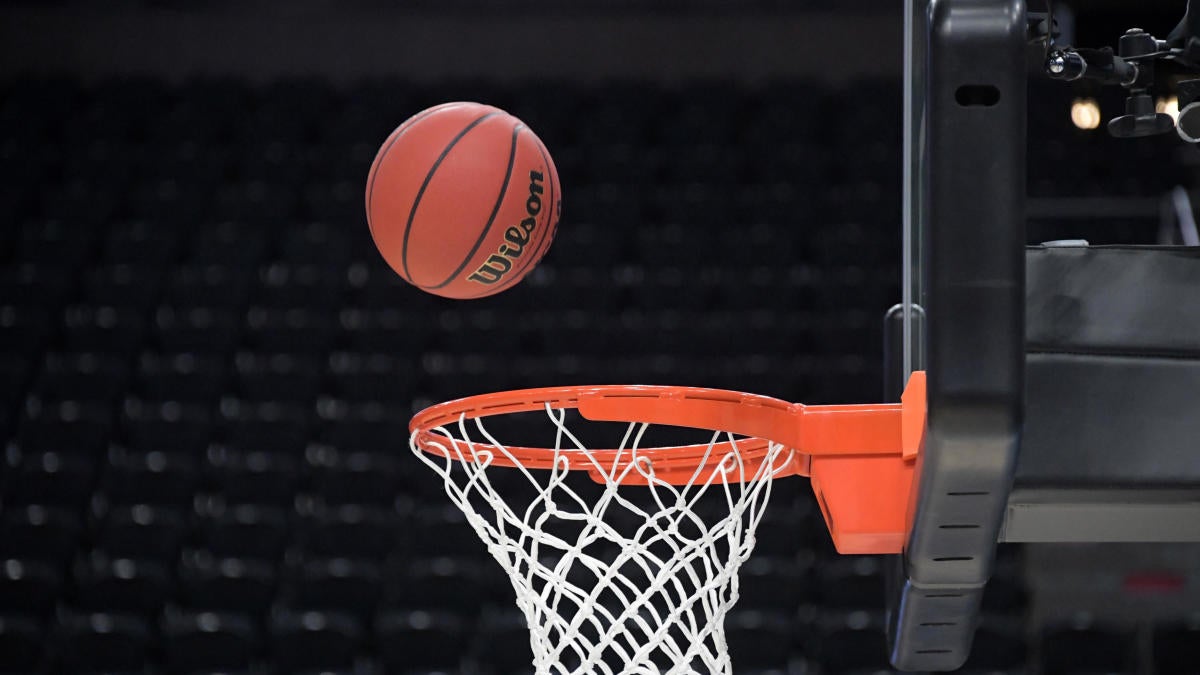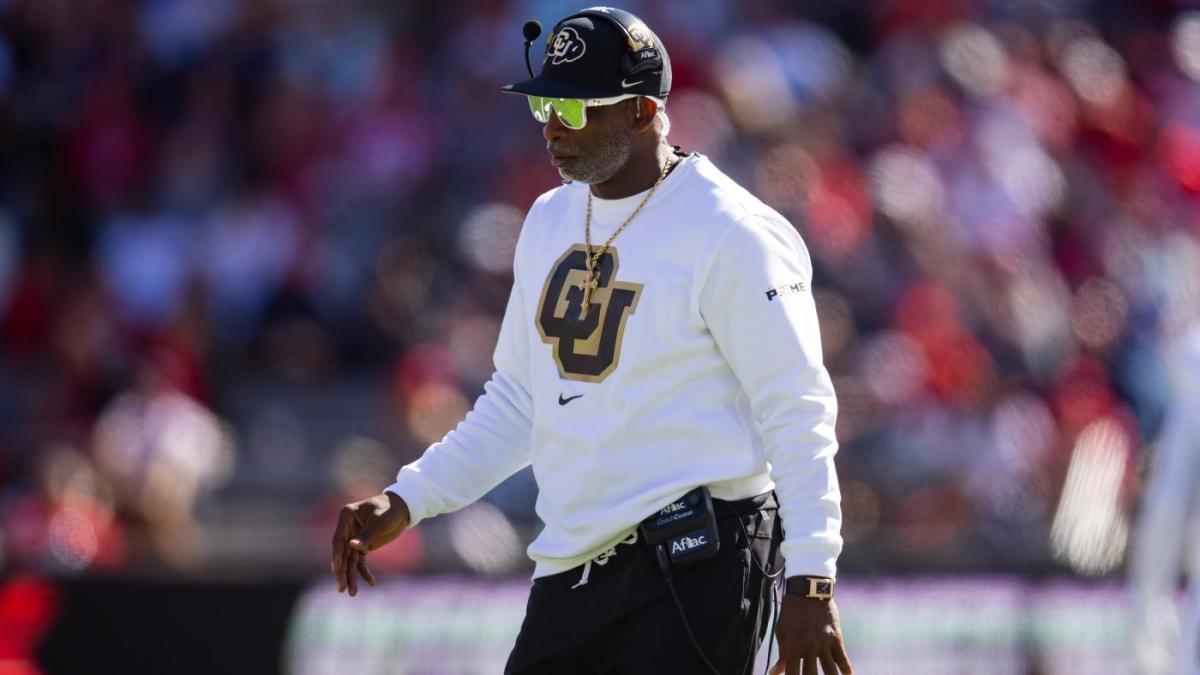
Over the last several weeks, the Seattle Seahawks have vaulted themselves from the fringe of the playoff picture to the top of the NFC West. Seattle has won four straight games since dropping to 4-5 prior to its bye week, with three of those wins coming against divisional foes.
And while the offense has played fairly well during that stretch, it’s actually the defense that’s been carrying the Seahawks to victory. Opponents have averaged just 297.3 yards and 15.5 points per game in those four Seattle wins. That’s down from 357.6 yards and 24.6 points per game prior to the bye.
Even in more advanced metrics, the Seahawks have shown significant improvement of late.
Through Week 9, they yielded opponents a 47% offensive success rate, via Tru Media, which ranked 23rd in the NFL. They allowed -0.02 EPA per play, which ranked 18th. They stopped only 29.8% of plays at or behind the line of scrimmage, which ranked 25th. They allowed 6.2% of opponent plays to turn into gains of 20 yards or more, which also ranked 25th. They forced a turnover on only 8.4% of opponent drives, which ranked 21st. Only by virtue of forcing more three-and-outs than almost any other team (40.2% of drives, second in the NFL) was the defense able to keep from falling apart.
With the exception of the three-and-out rate, all of those areas have shown significant improvement since the bye:
| Success % | 47% (23rd) | 45% (14th) |
| EPA/play | -0.02 (18th) | -0.16 (1st) |
| Negative % | 29.8% (25th) | 32.8% (15th) |
| Explosive % | 6.2% (25th) | 3.8% (4th) |
| Turnover % | 8.4% (21st) | 14.3% (6th) |
| Three-and-out % | 40.2% (2nd) | 33.3% (12th) |
As a result, the Seahawks have gone from ranking 19th in EPA per play against the run and 17th against the pass through their first nine games, to fifth against the run and first against the pass in their last four.
In the run game, the improvement has largely been situational. Their numbers on a per-carry basis in areas like yards before and after contact, the rates of negative vs. explosive runs and even missed tackles are pretty much the same since the bye week as they were before it. It’s just that they’ve give up only one rushing touchdown and seen a smaller share of opponent runs turn into first downs (22.4% vs. 25.8%) than before.
It’s in the pass game where the improvement has been more holistic. Before the bye, opponents completed 65.9% of their passes at an average of 7.1 yards per attempt, with 14 touchdowns against six interceptions. They turned 8.1% of their dropbacks into explosive gains and got sacked 6.6% of the time. Since then, the completion percentage is down to 64.1%, the yards per attempt average is down to 6.3, the Seahawks have given up only five passing touchdowns while picking off five passes, and they’ve flipped the rate of explosives (4.9% of dropbacks) vs. sacks (7.2%).
And most of this improvement can actually be attributed to the play on the back end of the defense. The Seahawks are actually getting pressure on opposing quarterbacks less often in the more recent games (31.2% of dropbacks) than they did before the bye (37.7%). It’s just that the coverage has gone to another level, so opponents can’t find any openings.
Seahawks head coach Mike Macdonald has figured out the best way to deploy his defensive backs, dramatically shifting his coverage matrix from where it was earlier in the year. The Seahawks have shifted from using single-high coverages (Cover-1 and Cover-3) on 54.8% of opponent dropbacks to doing so just 39.9% of the time, operating much more in a two-high world (Cover-2, Cover-4, Cover-6) while also being willing to send the house and play man coverage behind it a bit more often.
| Cover-0 | 3.6% | 7.1% |
| Cover-1 | 21.9% | 13.4% |
| Cover-2 | 9.1% | 12.2% |
| Cover-3 | 32.9% | 26.5% |
| Cover-4 | 11.9% | 22.3% |
| Cover-6 | 11.7% | 10.5% |
In this new deployment, Devon Witherspoon is playing expectedly phenomenal football, but fellow defensive backs Riq Woolen, Julian Love and Coby Bryant have stepped their games up as well. It looks like they’re collectively taking the kind of late-season leap that the Baltimore Ravens‘ defensive backs did in Macdonald’s first season as Baltimore’s defensive coordinator. It took a while for them to get a hang of things, and then they turned into one of the best units in the league.
If the same thing is in the process of happening in Seattle, the Seahawks could be a much more dangerous team down the stretch of the season than they might appear to be on the surface.




